The electric pickup truck wars have entered a fascinating new phase with Tesla's Cybertruck facing unexpected challenges stemming from its unconventional stainless steel exoskeleton. What was once touted as a revolutionary design choice has become a double-edged sword for Elon Musk's automotive brainchild, creating ripples across the industry and raising questions about material science in modern vehicle manufacturing.
When Tesla unveiled the angular Cybertruck in 2019, its cold-rolled stainless steel body made jaws drop for both aesthetic and engineering reasons. The material promised exceptional durability and a radical departure from traditional automotive manufacturing processes. Three years later, as production finally ramps up, reality is proving more complicated than the bold prototype promises. The very qualities that make stainless steel attractive are creating headaches for Tesla's production team and potentially limiting the vehicle's mass-market appeal.
The production challenges stem from stainless steel's unique properties. Unlike conventional automotive steel or aluminum, the ultra-hard 30X cold-rolled stainless steel used in Cybertruck resists traditional stamping and forming techniques. This forces Tesla to employ largely flat panel designs with sharp angles rather than the curved surfaces typical of modern vehicles. While this creates the Cybertruck's distinctive look, it significantly complicates manufacturing at scale. Industry analysts note that the flat panels actually require unprecedented precision in assembly, as any misalignment becomes glaringly obvious on the straight edges.
Paint shops represent another casualty of the stainless steel choice. Traditional automotive paint won't adhere properly to the Cybertruck's surface, leaving Tesla with two options: offer the vehicle only in its natural metallic finish or develop an entirely new coating system. The company has opted for the former, significantly limiting customization options that have become standard in the industry. This decision may alienate buyers accustomed to choosing from multiple color options, potentially impacting sales in the crucial consumer pickup market.
Durability testing has revealed another wrinkle in the stainless steel story. While the material indeed resists dents better than conventional alternatives, it shows unexpected vulnerability to surface scratches and scuffs. Unlike painted surfaces where minor scratches can be polished out, Cybertruck's bare metal shows every mark prominently. Early owners report that the brushed stainless steel finish acts like a fingerprint magnet, showing dirt, grease, and minor abrasions far more visibly than traditional finishes. This creates a paradox where the "indestructible" truck might end up looking more worn than conventional alternatives under normal use conditions.
The weight factor further complicates Cybertruck's value proposition. Stainless steel's density adds several hundred pounds compared to aluminum-bodied competitors like Ford's F-150 Lightning. This extra mass directly impacts range - the holy grail of electric vehicles - forcing Tesla to compensate with larger battery packs that drive up costs. Industry insiders suggest this weight penalty might explain why Cybertruck's promised 500+ mile range variants remain unavailable at launch, with initial models topping out at 340 miles.
Repairability concerns are emerging as another critical issue. The monocoque stainless steel construction makes traditional collision repair techniques impractical. Minor fender benders that would be simple fixes on conventional trucks may require entire section replacements on the Cybertruck. Early reports from collision centers suggest repair costs could be significantly higher, potentially impacting insurance rates. This comes at a sensitive time when insurers are already wary of electric vehicles' repair costs following high-profile cases involving battery replacements after minor impacts.
Perhaps most surprisingly, the stainless steel body may be working against Tesla in terms of temperature management. Early tests indicate the metal skin becomes uncomfortably hot to touch in direct sunlight, raising concerns about surface temperatures in warmer climates. Conversely, the same thermal conductivity that causes this issue could make the vehicle lose heat faster in cold weather, potentially impacting cabin comfort and battery performance. These thermal characteristics were likely underestimated during the design phase but are now emerging as real-world challenges.
The material choice also impacts Tesla's ability to implement common features consumers expect. Traditional roof racks become problematic to mount without drilling into the stainless steel body, and aftermarket accessory makers face unprecedented challenges developing compatible products. Even something as simple as mounting a trailer hitch requires special engineering to interface with the unconventional structure. These limitations could hurt Cybertruck's appeal to the commercial and recreational users who form the backbone of pickup truck sales.
Competitors are watching these developments closely. Ford and Chevrolet have taken more conventional approaches with their electric pickups, using combinations of aluminum and high-strength steel that allow for traditional manufacturing techniques and repair processes. Rivian's R1T splits the difference with a mostly aluminum body but conventional steel frame. As Tesla struggles with Cybertruck production scaling, these competitors are capitalizing on their ability to deliver vehicles with more traditional (and perhaps more practical) material choices.
Market response to these challenges remains mixed. Cybertruck's radical design continues to generate excitement among Tesla loyalists and early adopters willing to overlook its quirks. However, traditional truck buyers - the segment Tesla needs to conquer for true mass-market success - appear more hesitant. Surveys suggest many potential buyers in key pickup markets like Texas and Florida cite the stainless steel body as a concern rather than a selling point, particularly regarding its appearance over time and potential maintenance requirements.
The stainless steel dilemma highlights a broader tension in electric vehicle development between revolutionary innovation and practical considerations. Tesla's willingness to challenge conventions has driven the industry forward, but Cybertruck's material struggles demonstrate that some automotive traditions exist for practical reasons. As the electric pickup market matures, the industry may arrive at a middle ground - embracing innovation where it provides clear benefits while respecting established practices that have evolved through decades of real-world experience.
Looking ahead, Tesla faces critical decisions about Cybertruck's evolution. Will it persist with stainless steel and attempt to solve its challenges through engineering, or might future iterations incorporate more conventional materials in certain components? The company's response could determine whether Cybertruck remains a niche product for enthusiasts or evolves into a true mainstream competitor in the fiercely contested pickup market. One thing is certain: the automotive world is watching closely as this stainless steel experiment unfolds on roads across America.
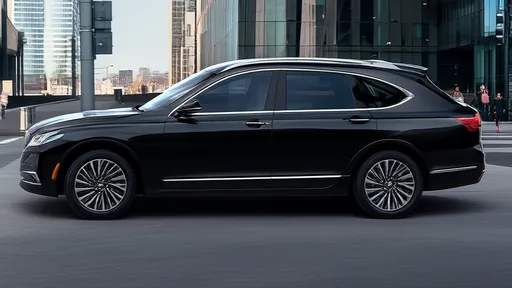
By /Jun 14, 2025
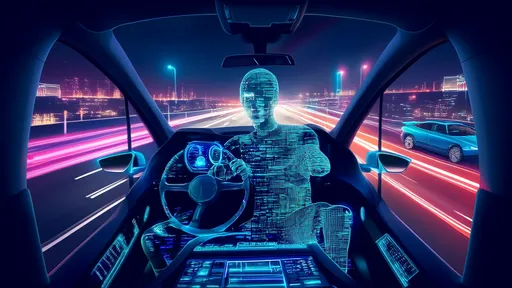
By /Jun 14, 2025
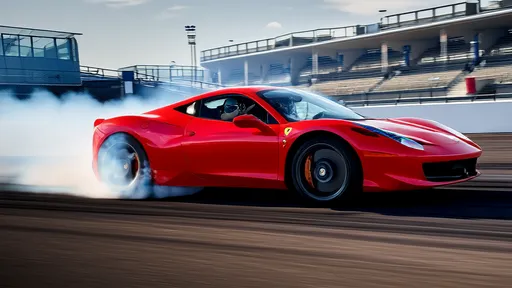
By /Jun 14, 2025
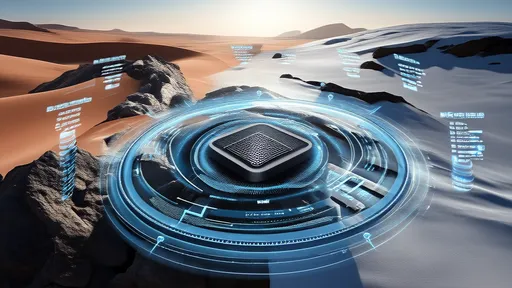
By /Jun 14, 2025
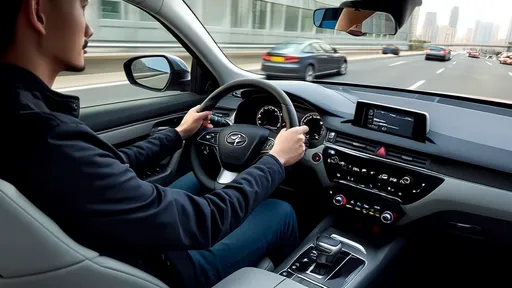
By /Jun 14, 2025

By /Jun 14, 2025
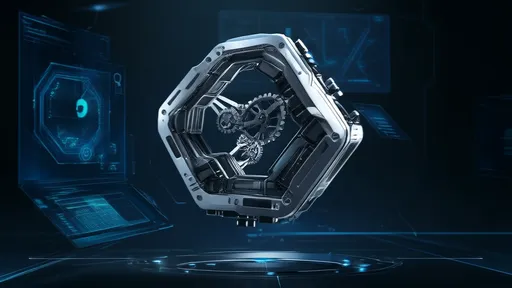
By /Jun 14, 2025
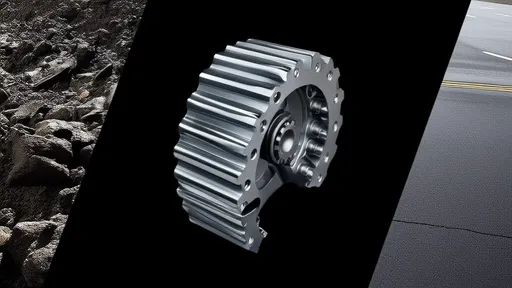
By /Jun 14, 2025
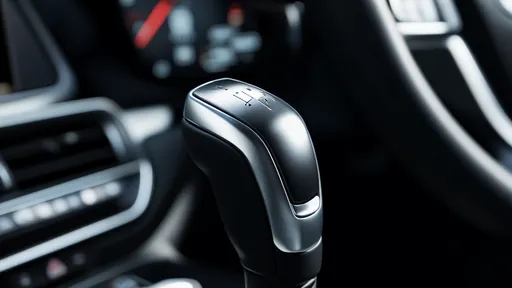
By /Jun 14, 2025
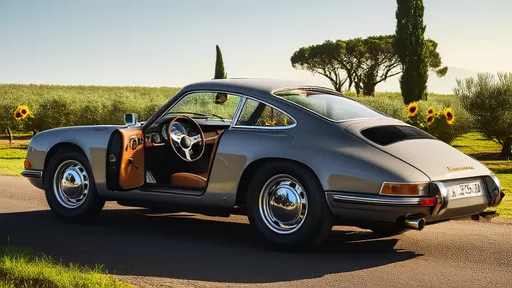
By /Jun 14, 2025
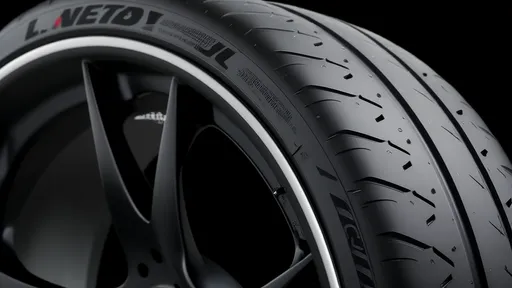
By /Jun 14, 2025
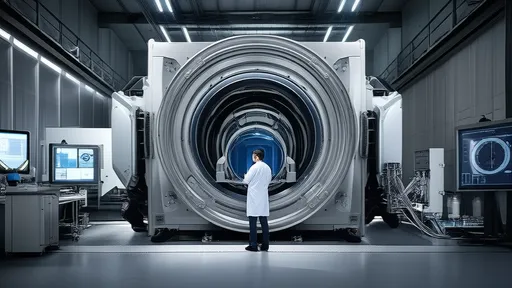
By /Jun 14, 2025
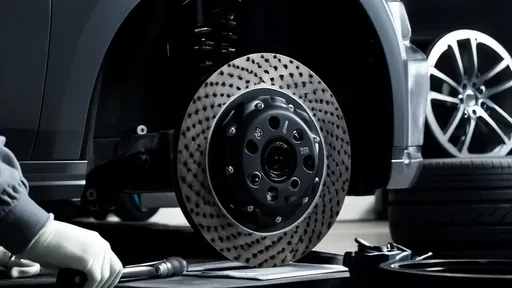
By /Jun 14, 2025
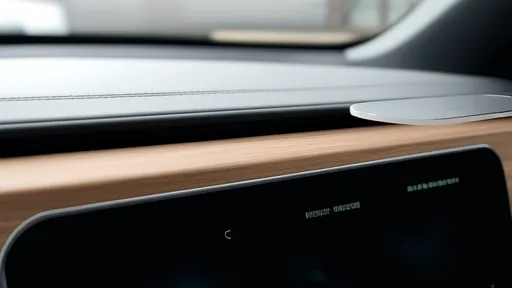
By /Jun 14, 2025
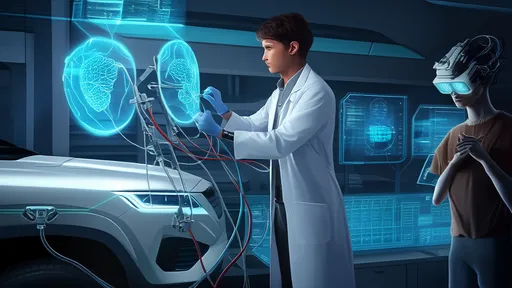
By /Jun 14, 2025
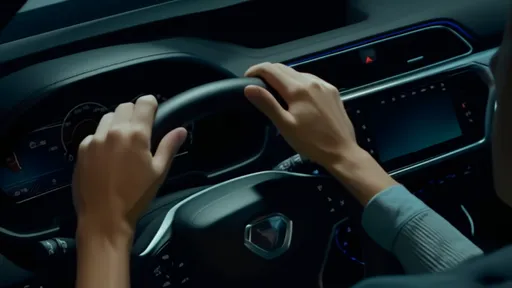
By /Jun 14, 2025
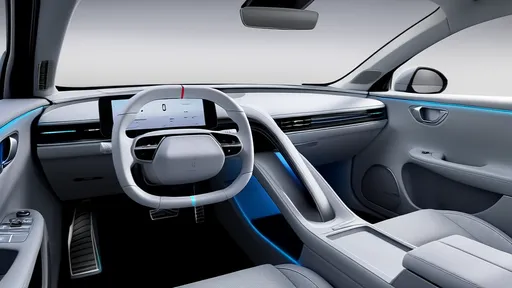
By /Jun 14, 2025
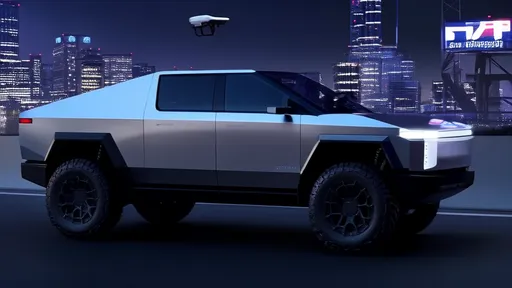
By /Jun 14, 2025